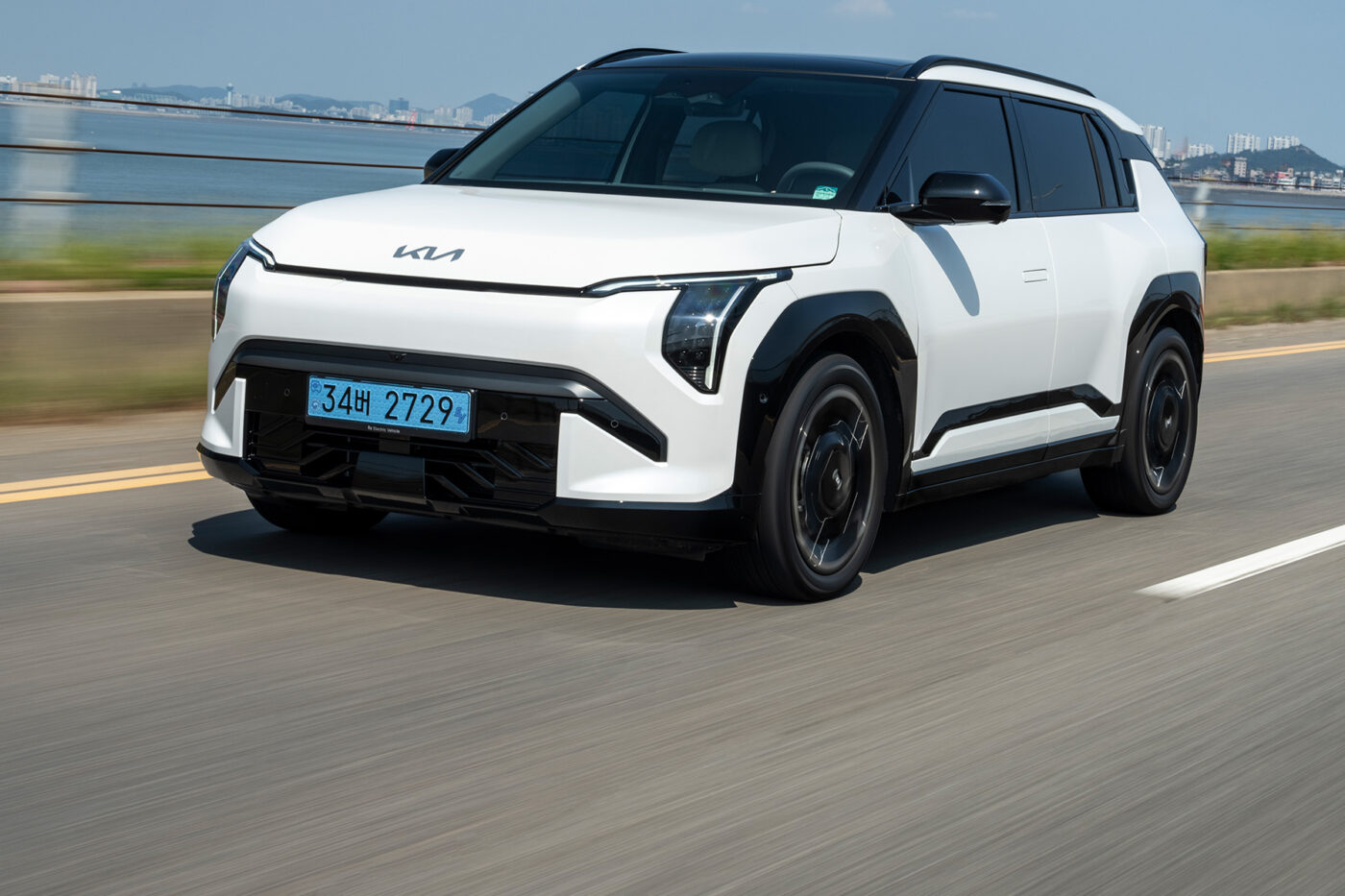
Is the Kia EV3 just a better ID.3 from Korea?
The EV6 and EV9 were just the prelude. Kia primarily lured the electric car generation with space and prestige but has only penetrated into almost middle-class price regions with the rather half-heartedly converted Niro. Now the Korean carmaker is taking a new approach. For the first time, Kia is aiming at the centre of the market with a dedicated electric car. When the EV3 goes on sale at the turn of the year, prices will start at 35,990 euros and the VW ID.3 (starting at 36,900 euros) will have a new rival.
Like most of its competitors, this compact car follows the trend towards crossovers and is, therefore, rather bulky. But in contrast to all the contour-less spaceships from China and the soap-like, rounded ID.3, Kia’s EV3 has plenty of edges, giving it character – even if the dark insert on the C-pillar is dangerously reminiscent of the blessed BMW i3.
The car’s interior design is stubbornly matt and the EV3 is also presented in that mouse grey popular in Korea and other parts of Asia. Little consolation is provided by the fact that most of the materials are sustainable because they are renewable or recycled. At least the controls are intuitive and uncomplicated, and only the far-too-large knob for gear selection and the buttons embedded in the dashboard under the wide display detract from the otherwise harmonious picture of tactile switches, brilliant surfaces and the sensible use of advanced technology. This starts with the rear-view camera fade-ins when flashing and extends to augmented reality on the sat navigation display. Not forgetting, of course, there is also a large head-up display.
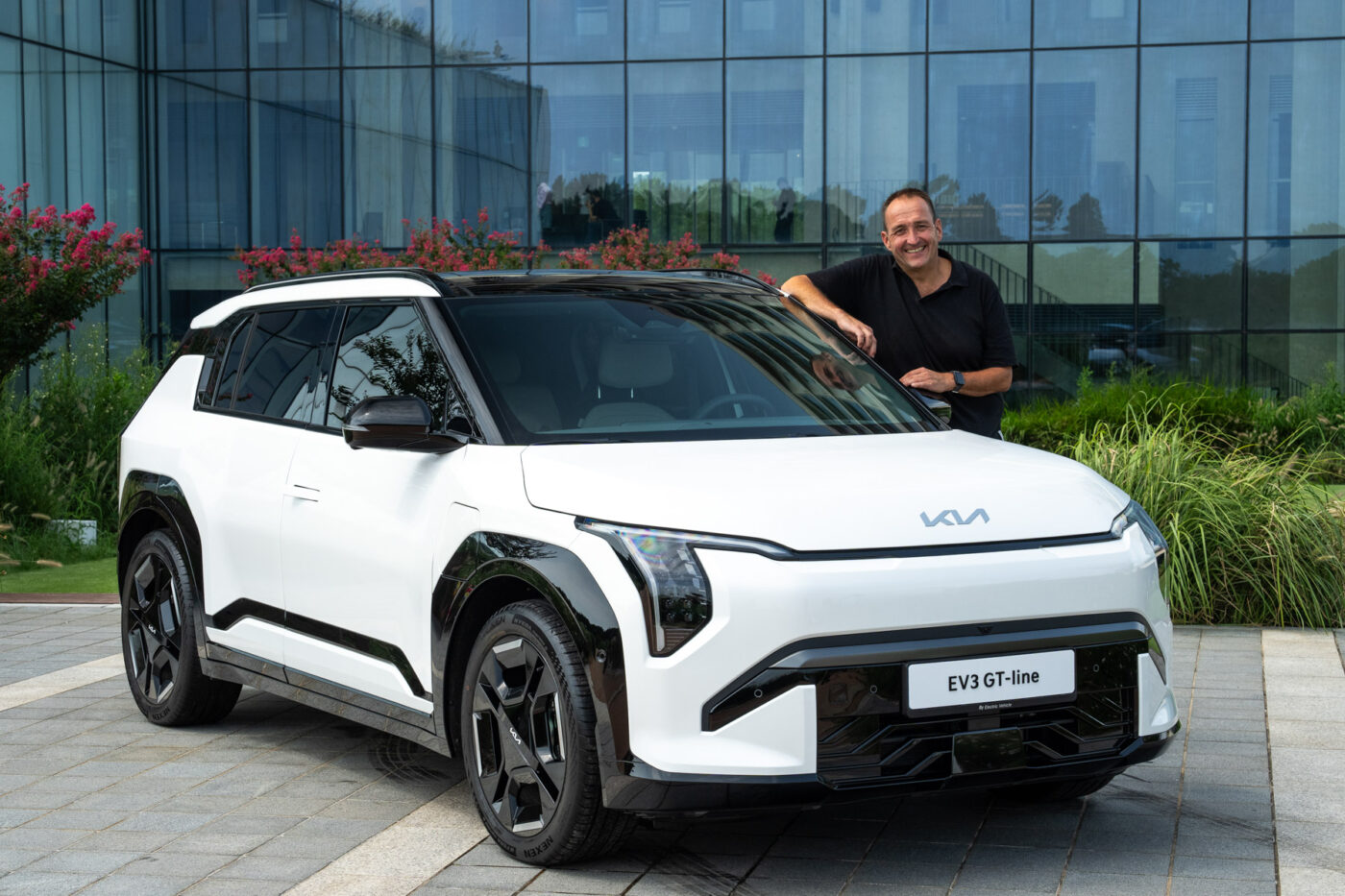
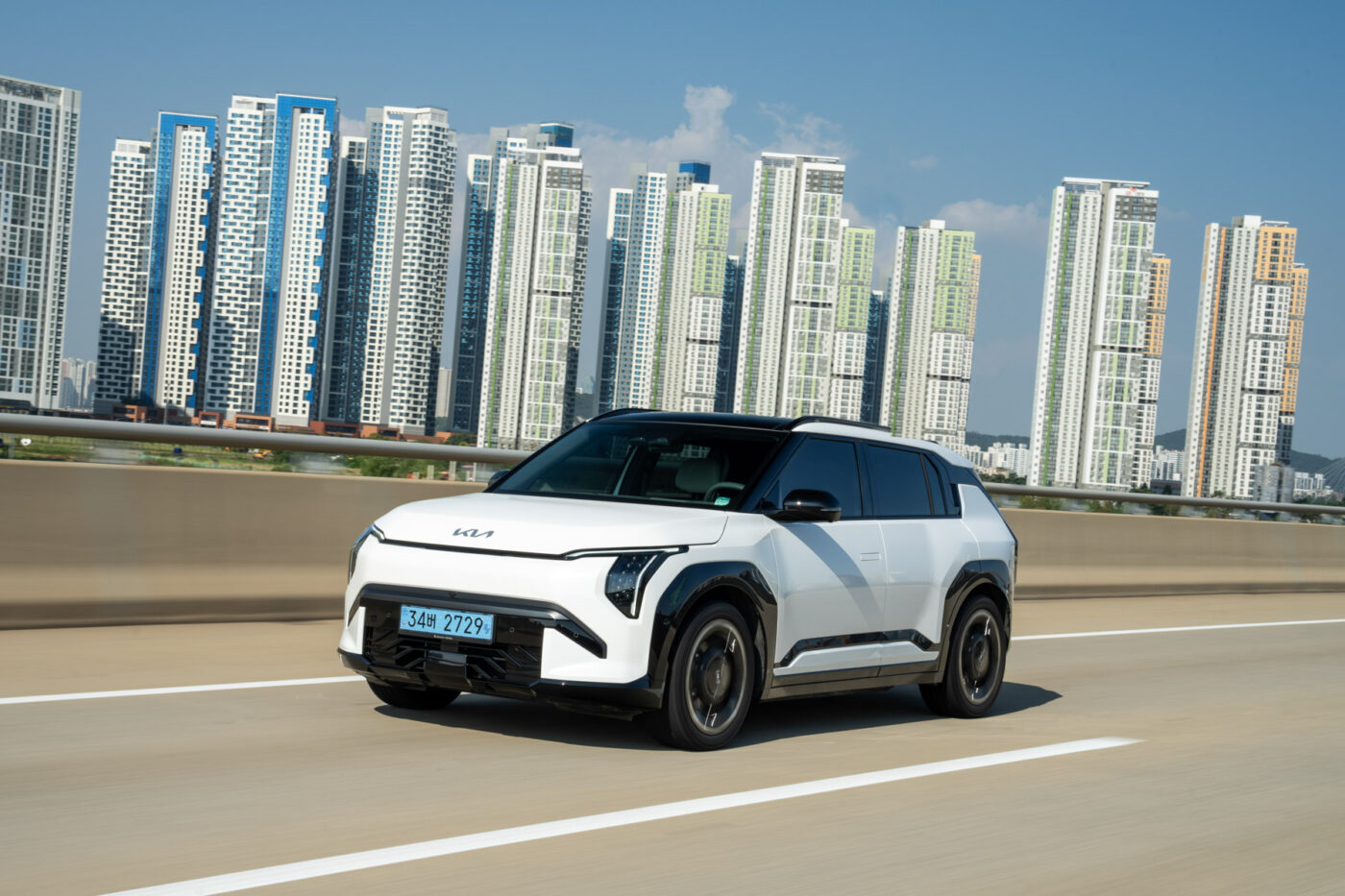
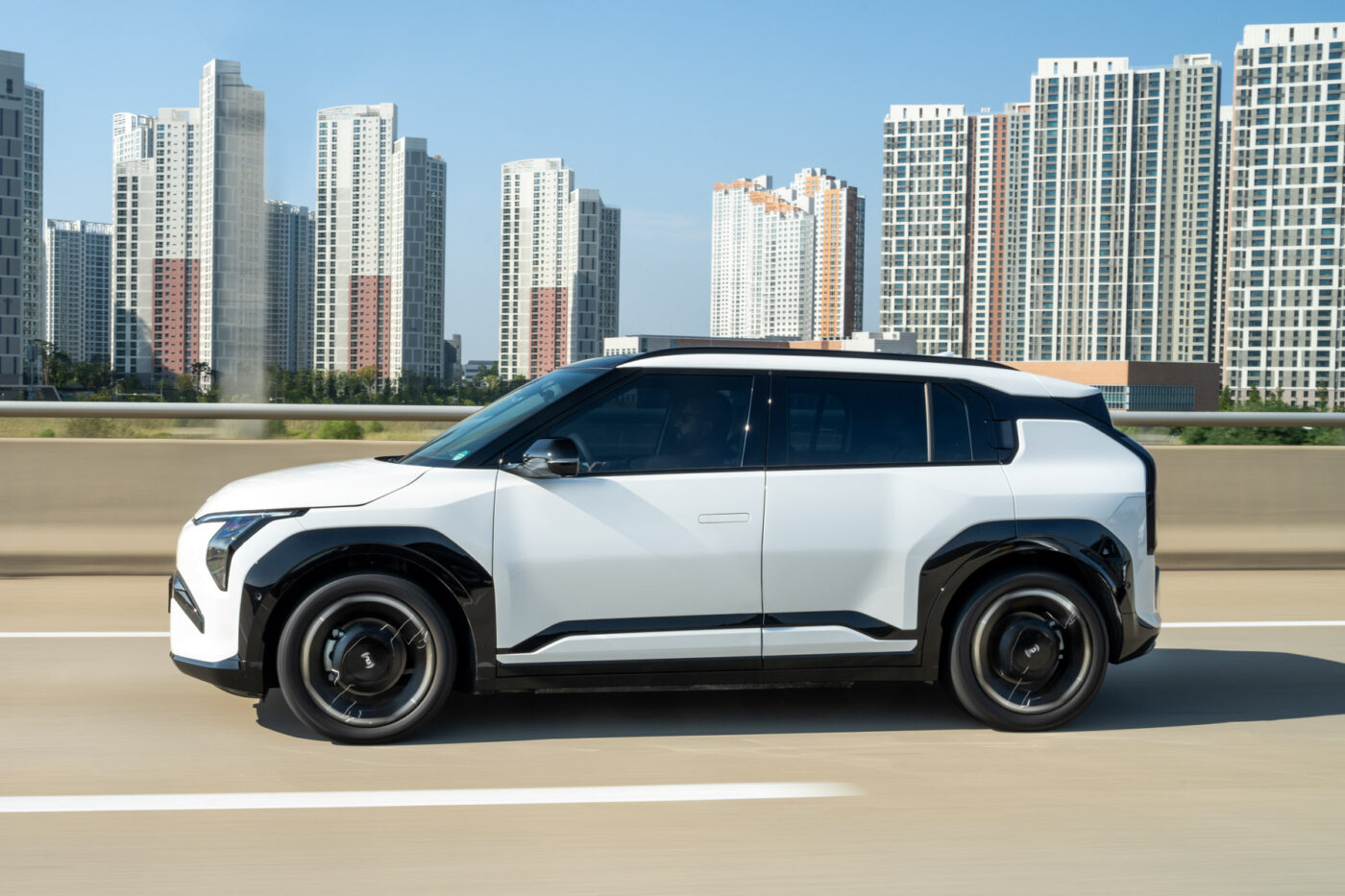
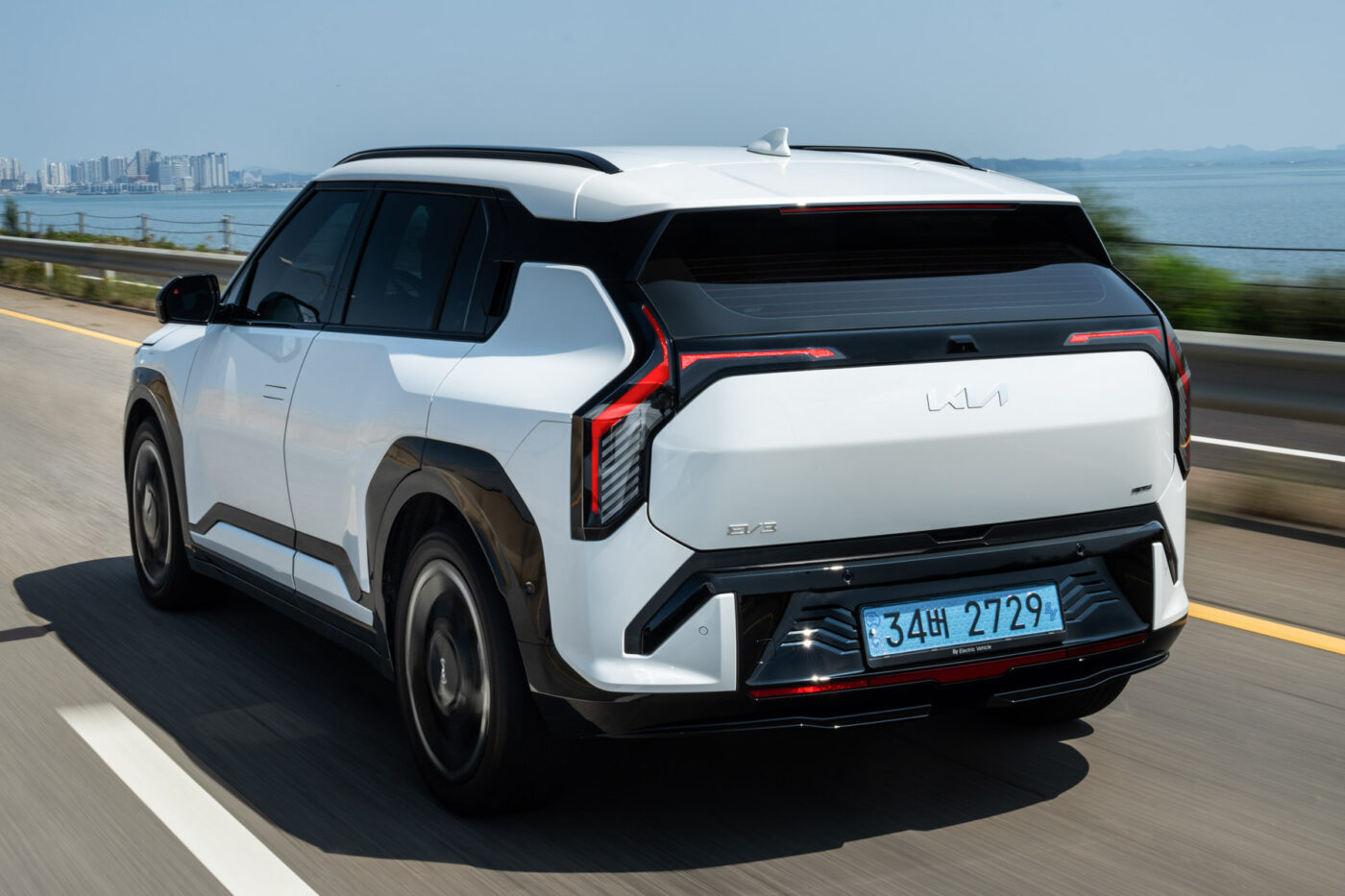
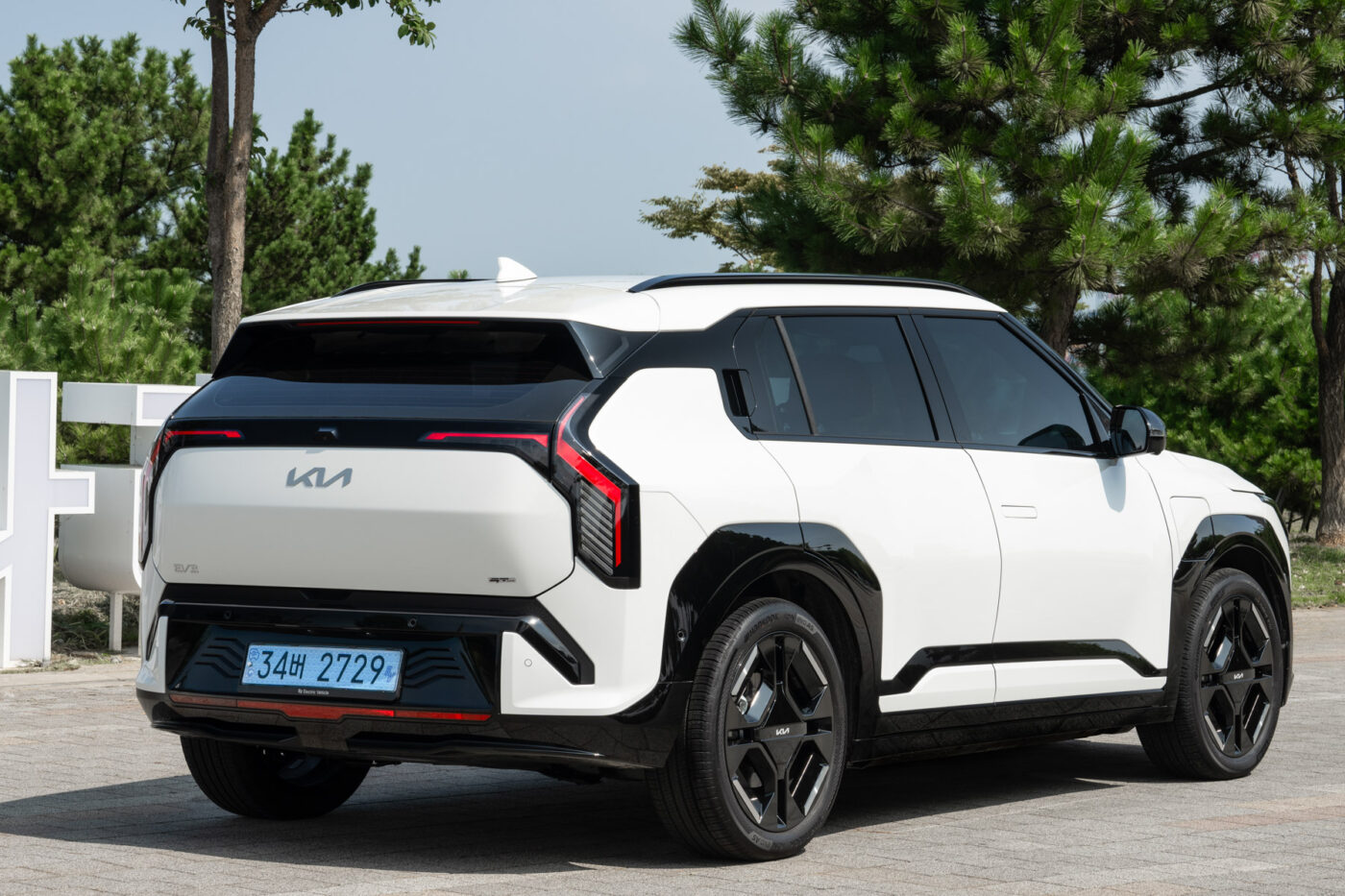
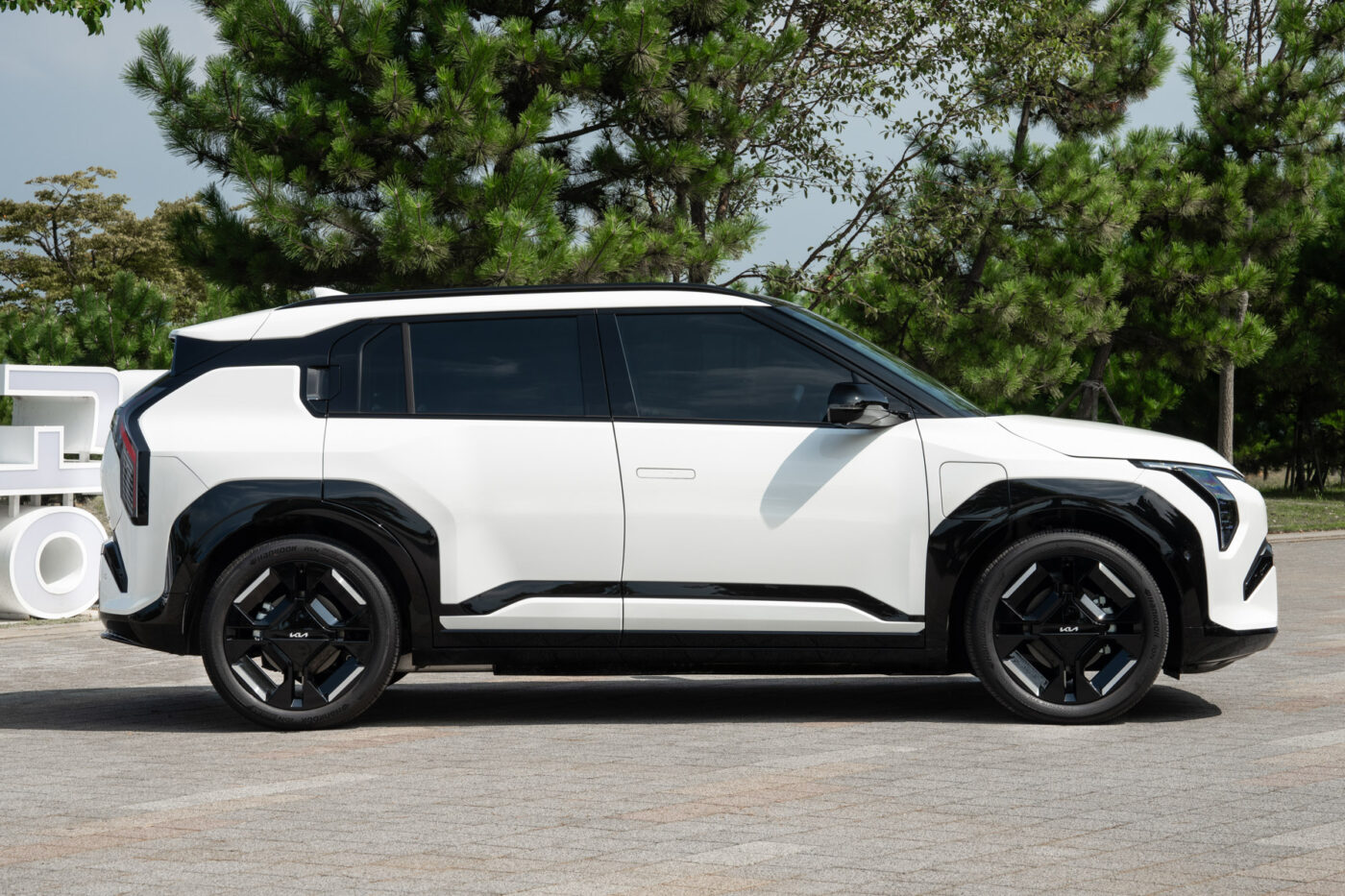
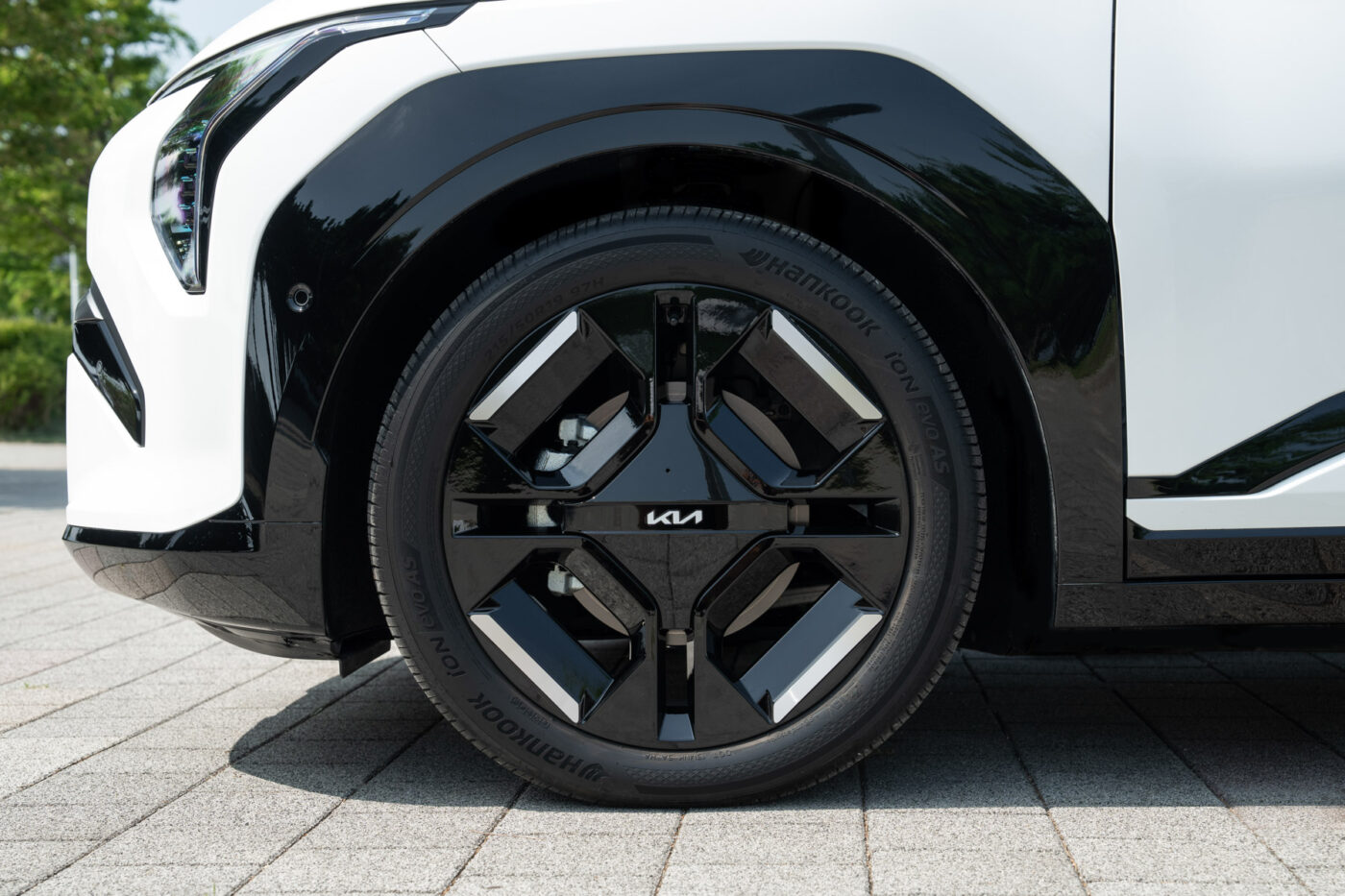
Above all, the Kia surprises with a lot of space in a small area. With a length of 4.30 metres and a wheelbase of 2.68 metres, the front seats are more than comfortable, the second row also offers a decent amount of space, and, at 460 litres, the storage space is almost unrivalled, not even counting the frunk. In any case, the ID.3 is only three centimetres shorter but swallows almost 80 litres less. It’s just a shame that there is no sliding rear bench seat, which allows everyone to find their own personal compromise between knee room and boot space.
The Korean company has otherwise made good on a lot of clever ideas for practical little things. Useful tidbits include sockets for USB, 12- or 230-volt power supply in every conceivable and inconceivable place, or a pull-out centre armrest that can be used as a table for lunch or a laptop when charging. Watch out Skoda, this car is full of clever little ideas!
Unlike the Niro, which costs a hefty 10,000 euros more and still uses a combustion engine architecture, the technical basis for the EV3 is the Group-wide E-GMP electric platform. That said, the platform has been somewhat slimmed down to tackle the price. The system voltage is thus only 400 instead of 800 volts for the first time and for the time being there is only one motor variant with 150 kW on the front axle, which accelerates to 100 km/h in just under 8.0 seconds and brakes again at 170 kilometres per hour.
Moving right ahead, Kia has already announced that there will be an all-wheel drive version with 128 kW at the front axle and 70 kW at the rear axle in the new year and later even a GT with a system output of around 220 kW, which will then also be able to go faster.
After all, the South Korean company has two battery packs on offer designed for bidirectional charging, which is always the case with Hyundai and Kia and quite unlike the competition from Germany. The EV3 can therefore already charge an e-bike or provide breakdown assistance for a stranded electric car, and as soon as wallboxes and electricity suppliers are ready, it can also buffer solar power from the roof and feed it back into the grid at night.
In the basic version, Kia has installed an LFP battery with a capacity of 58.3 kWh, which is sufficient for 436 standard kilometres. If you spend 5,400 euros more, you get NMC cells with a combined capacity of 81.4 kWh, with which the EV3 can travel 605 kilometres. If you are looking at the ID.3, you have to compare the EV3 with either the Pro (59 kWh, 434 kilometres, 39,995 euros) or the new GTX (79 kWh, 604 kilometres, 50,795 euros).
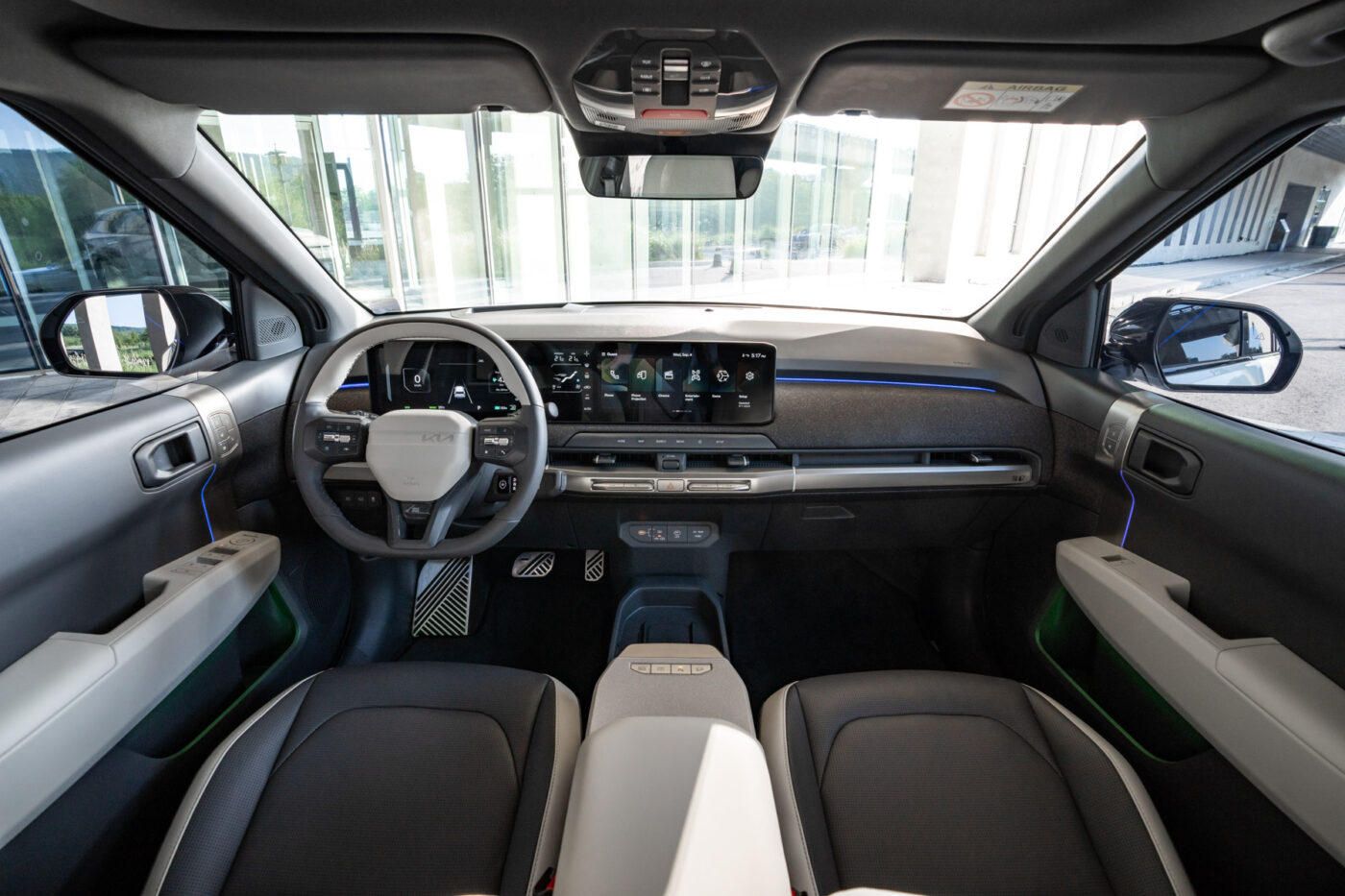
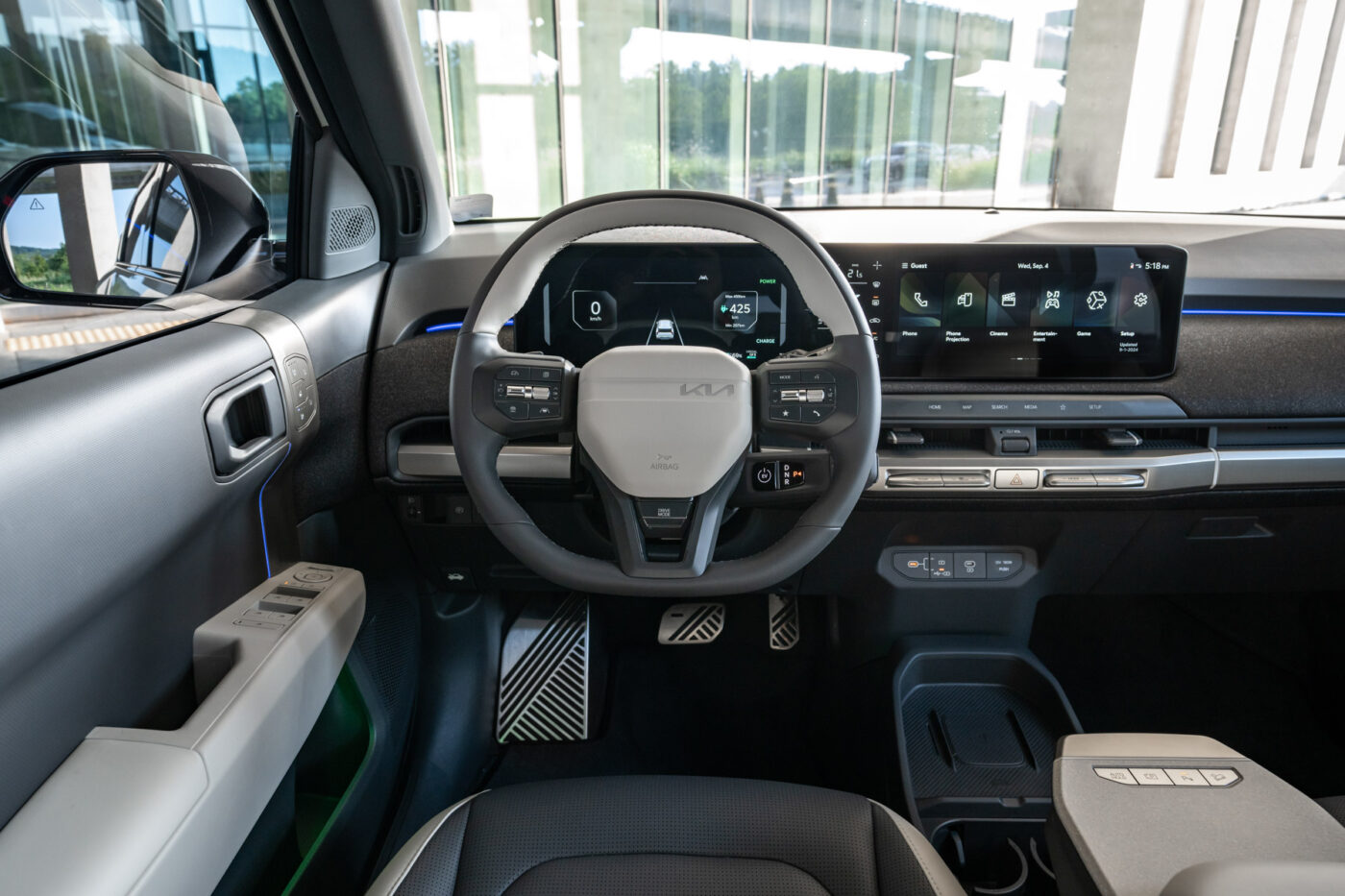
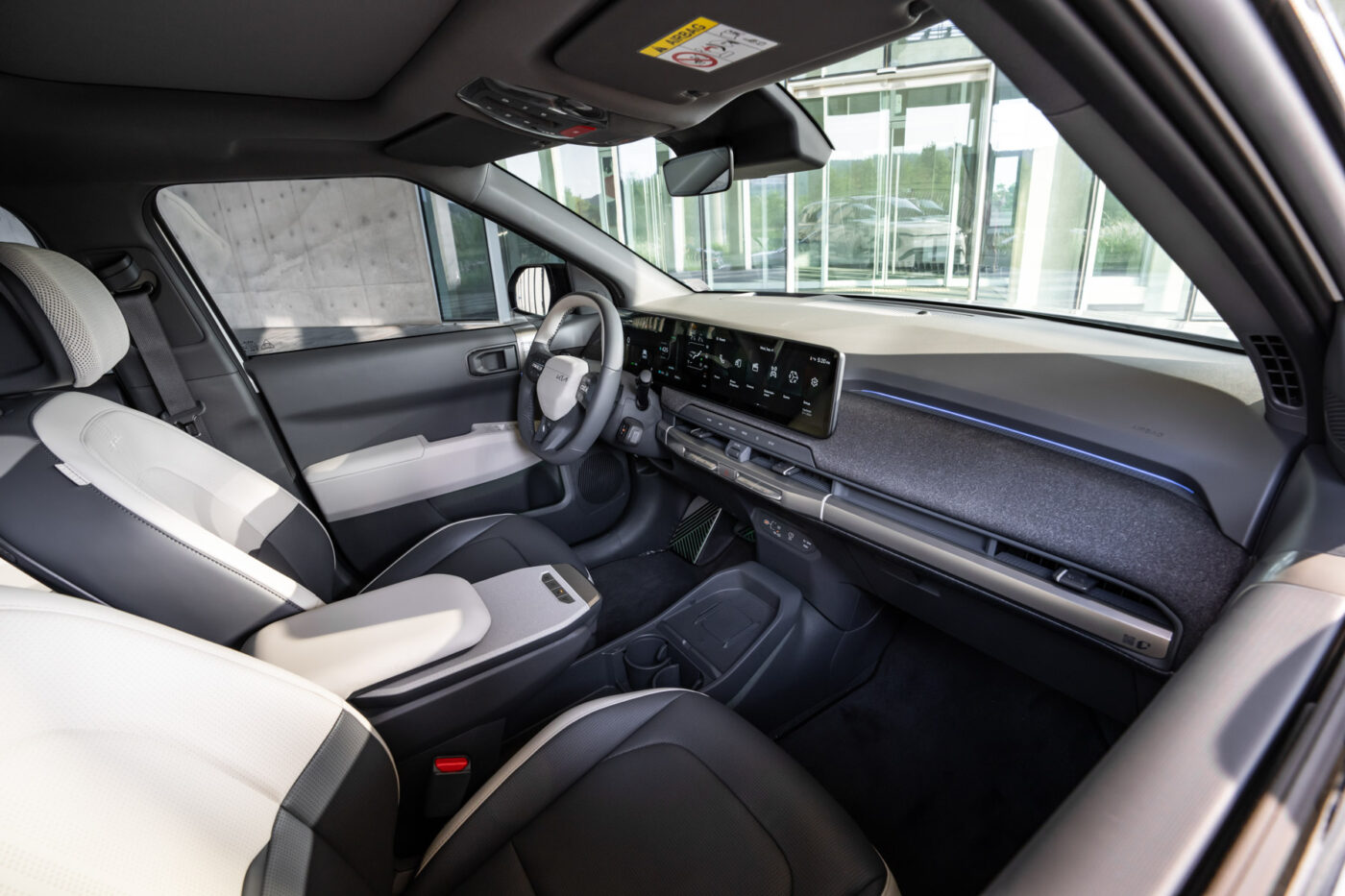
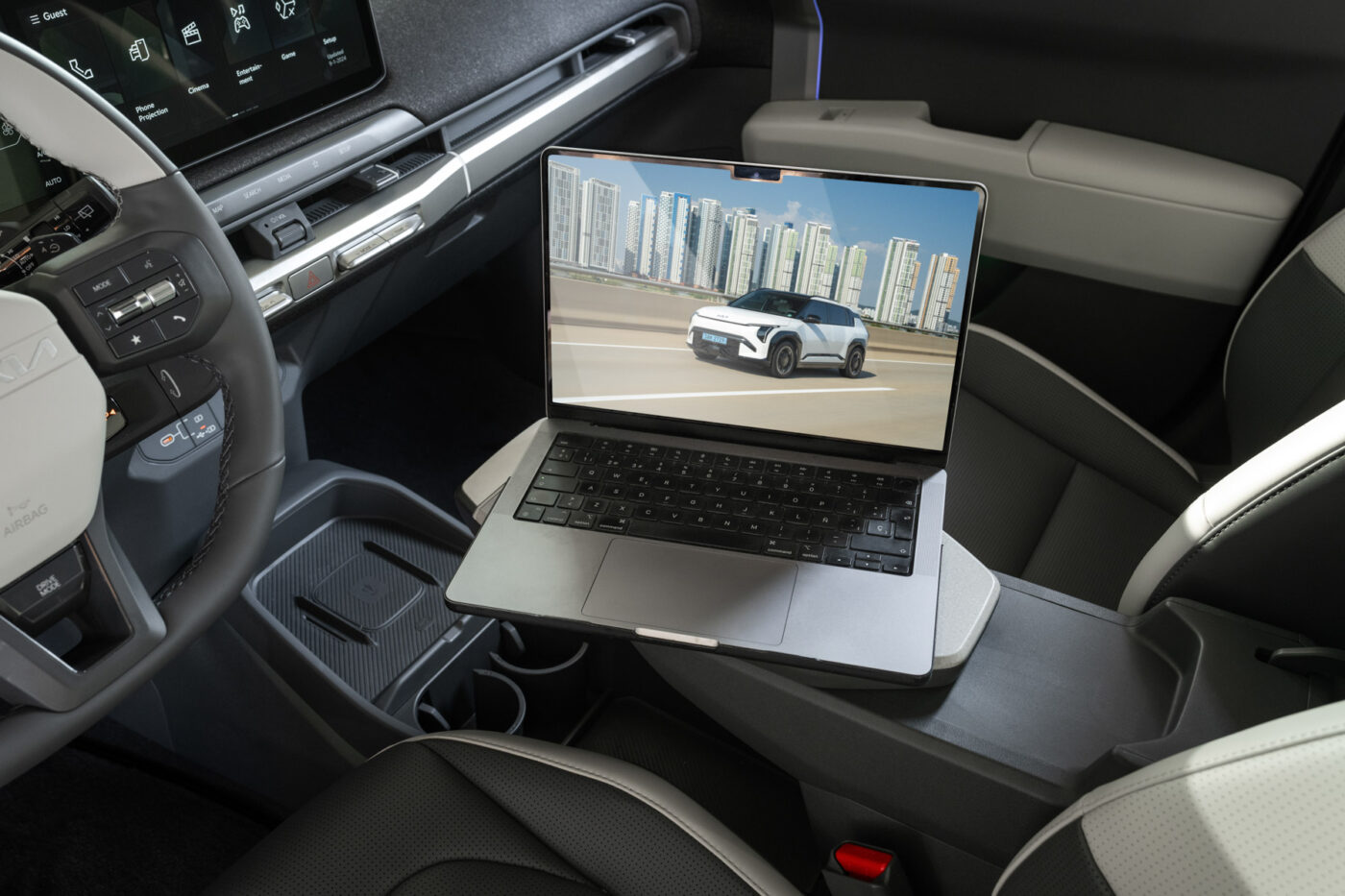
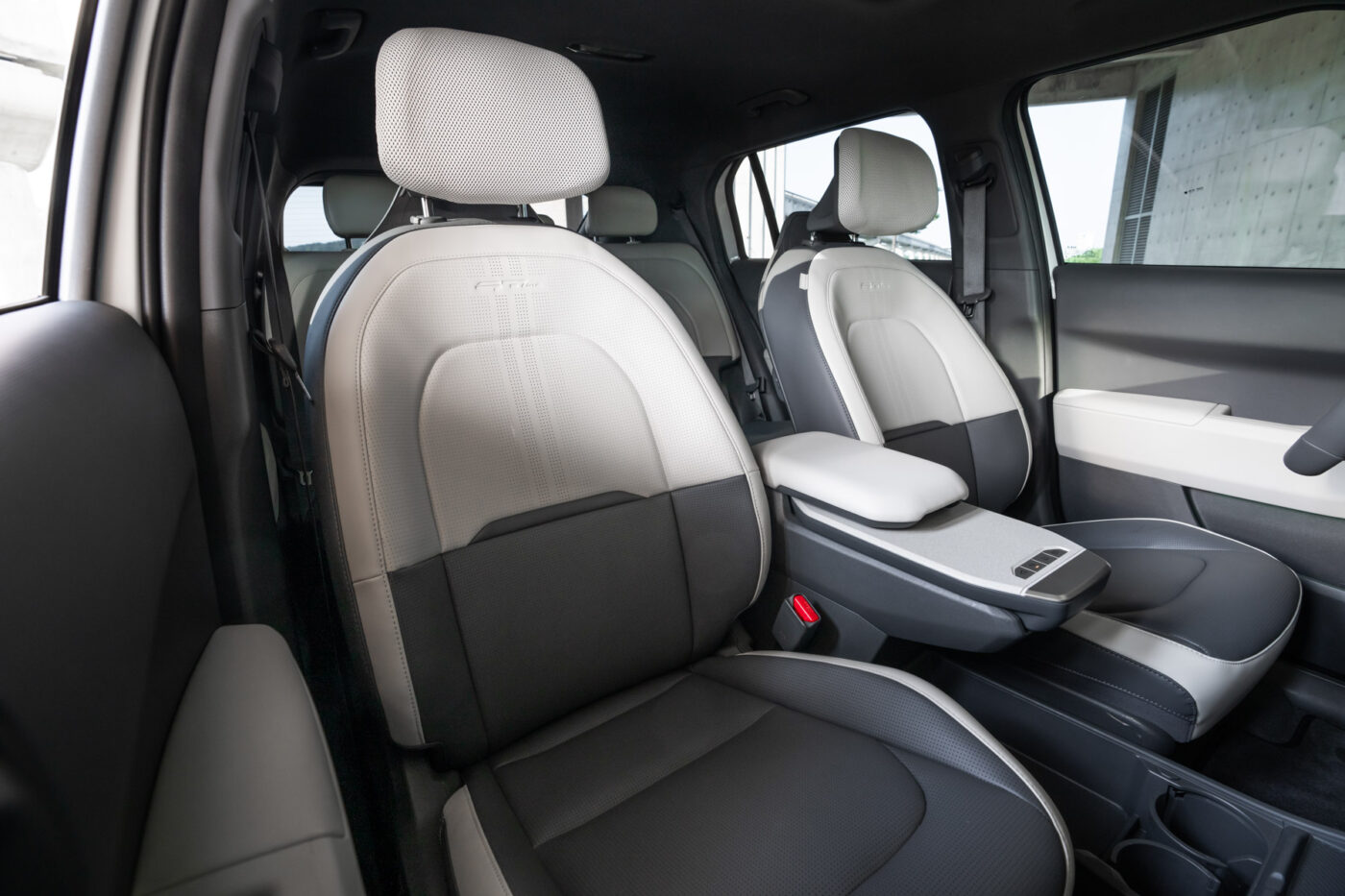
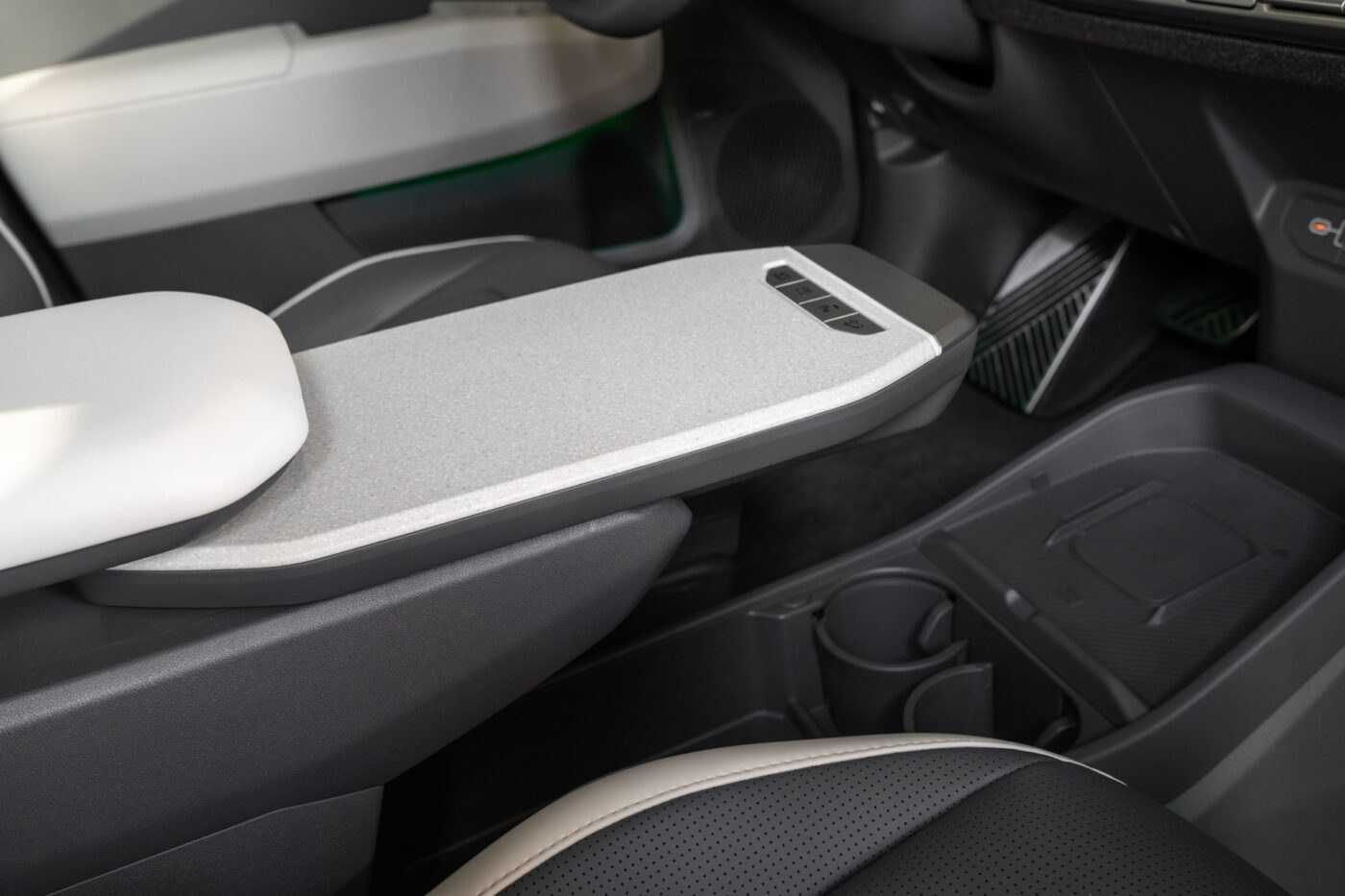
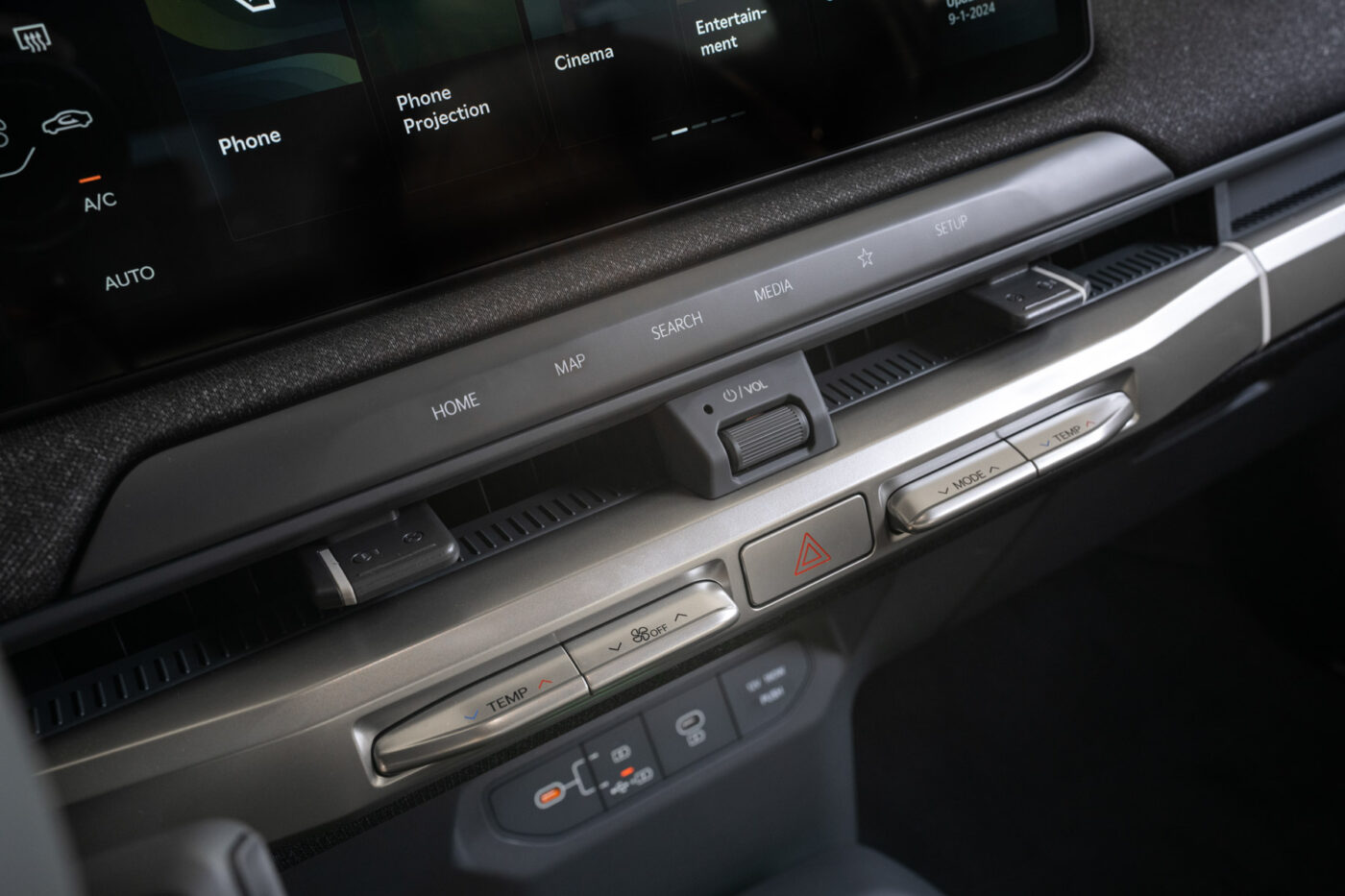
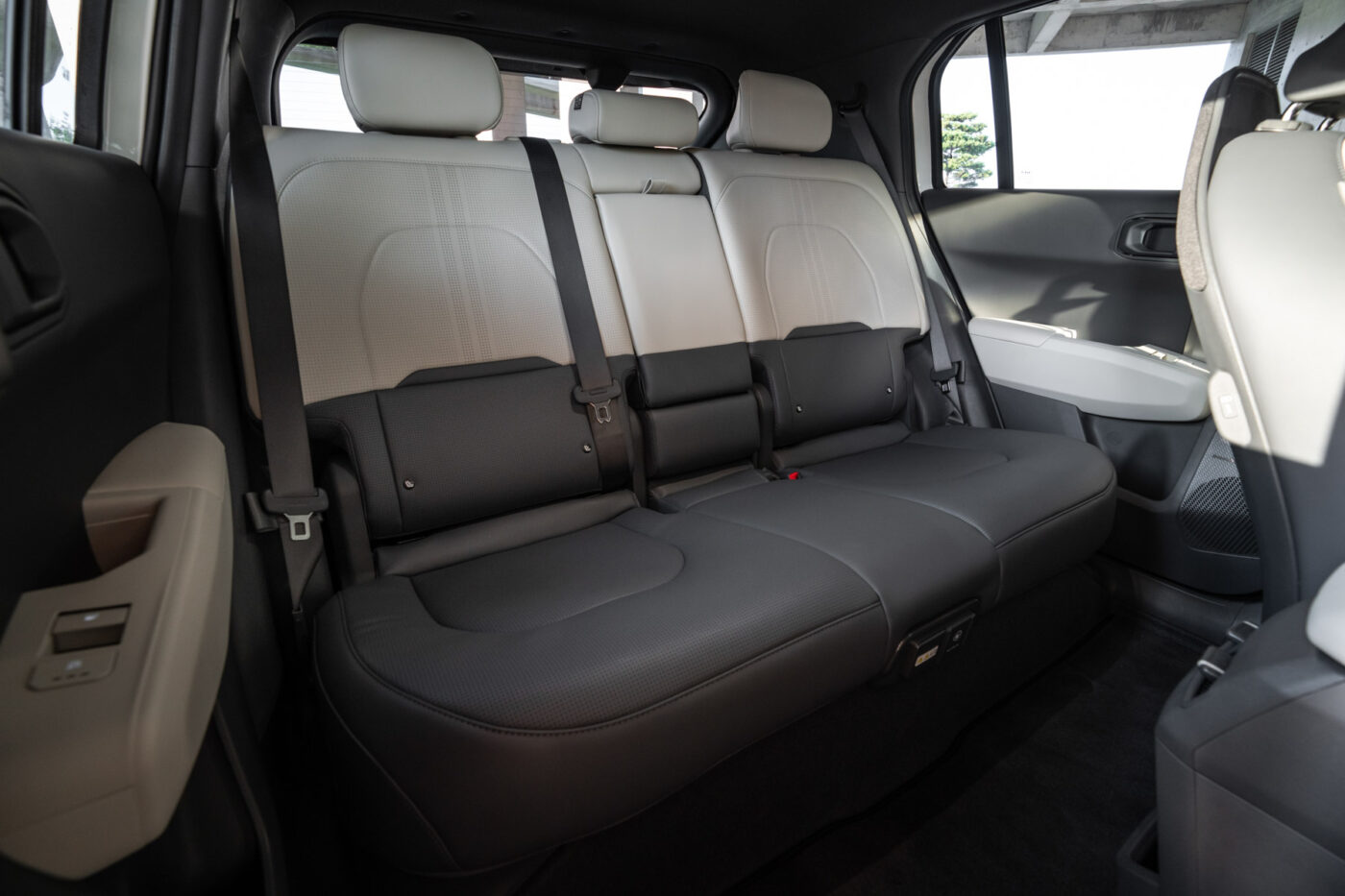
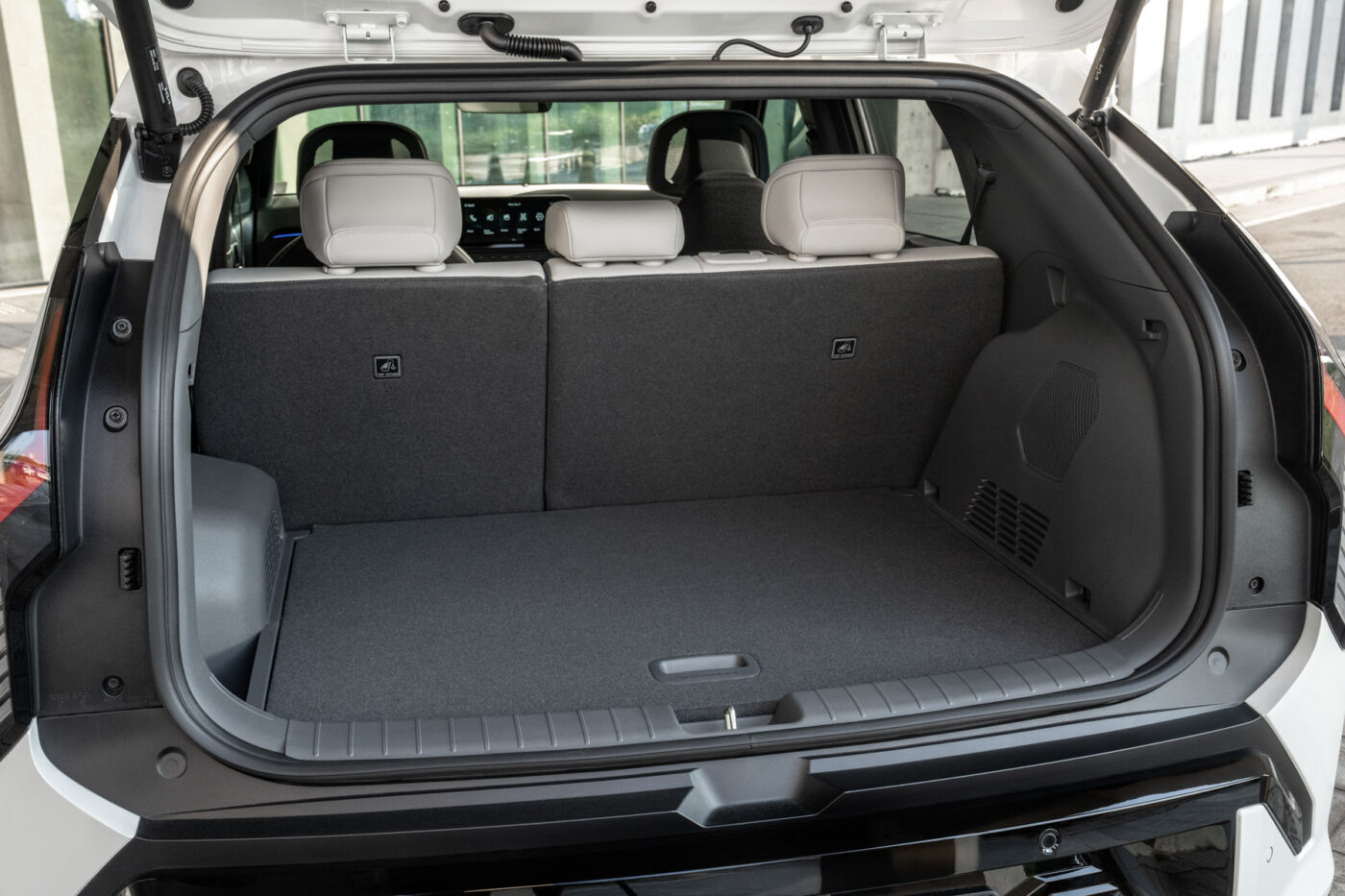
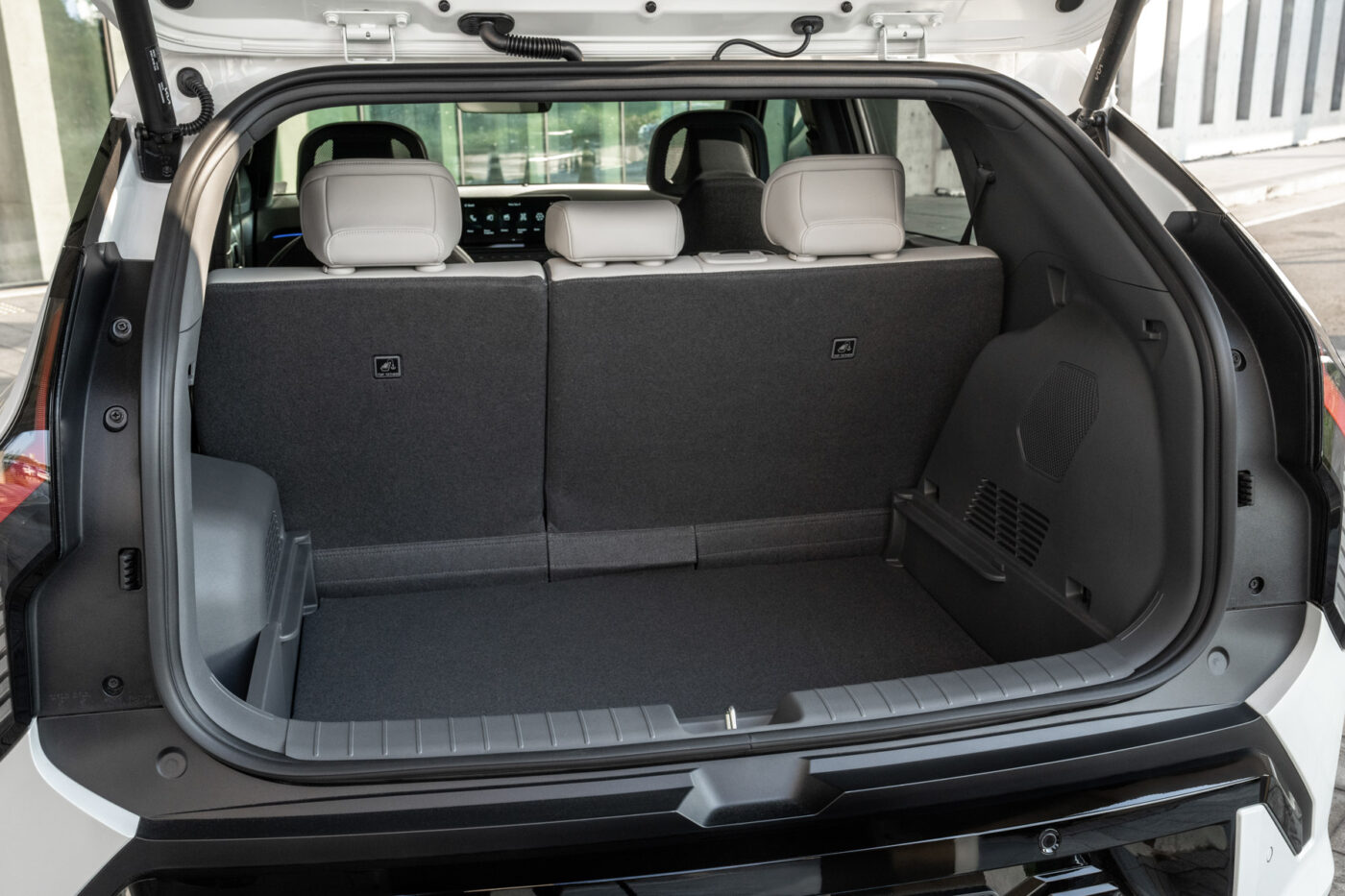
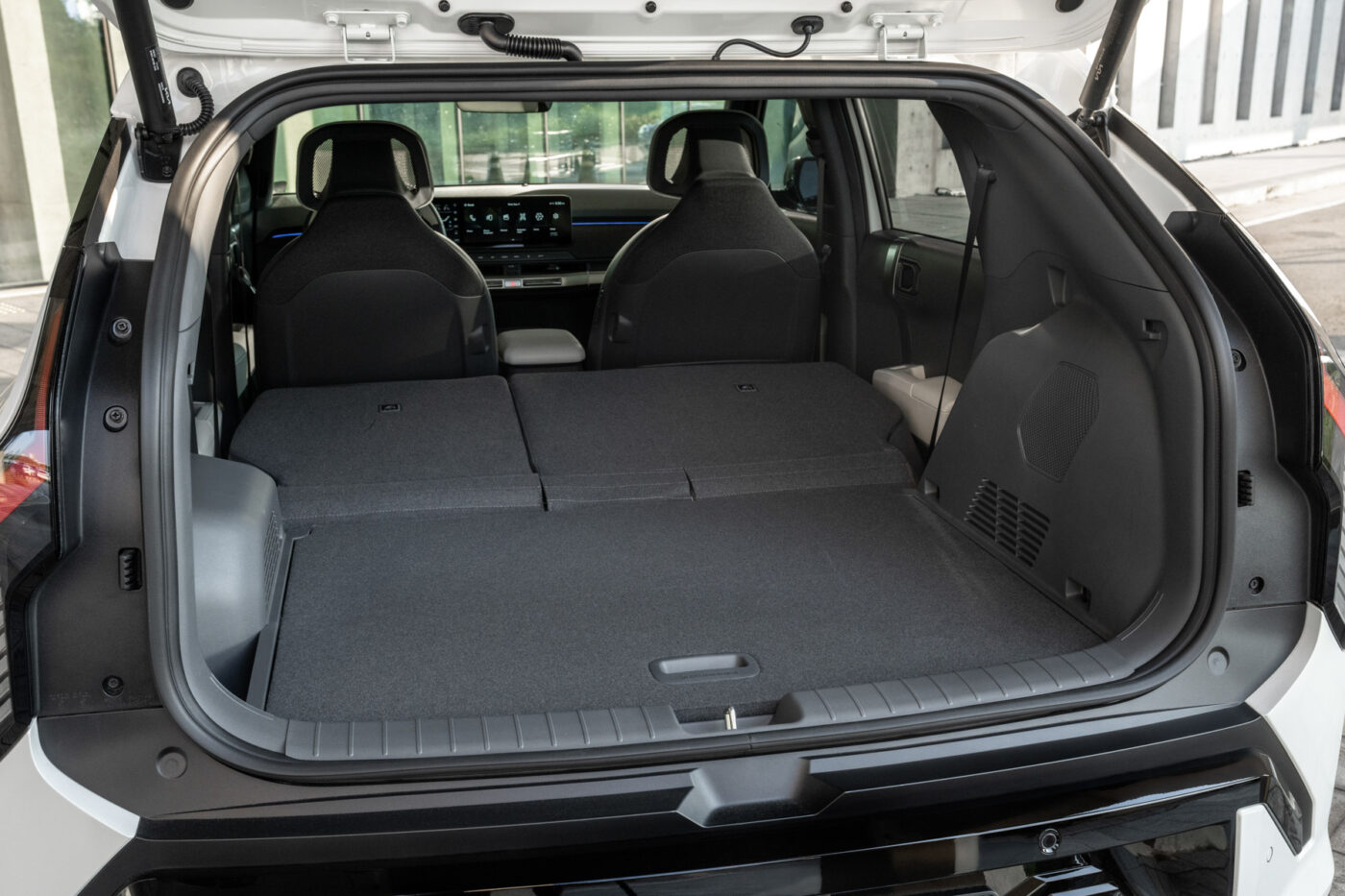
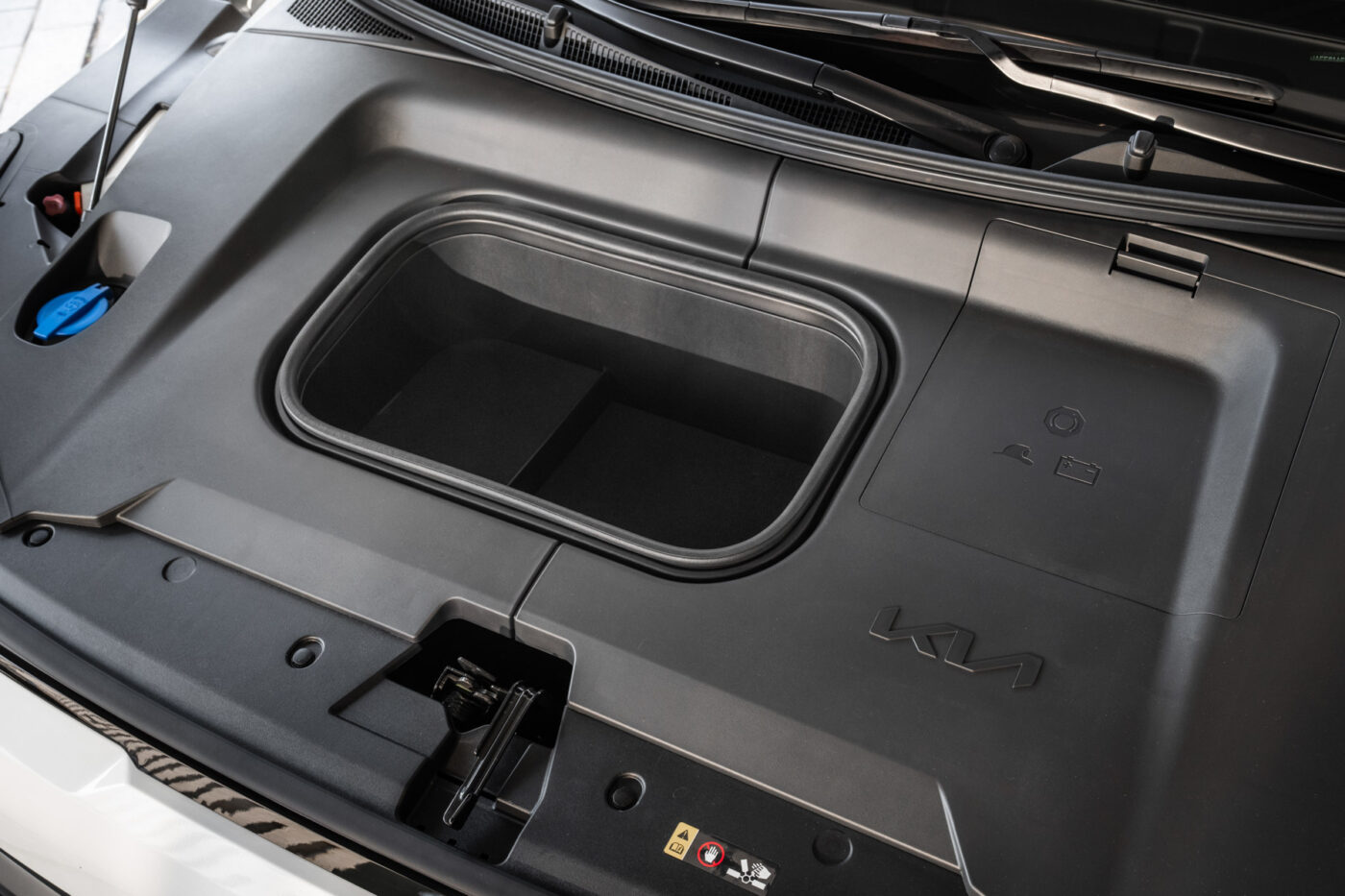
It must be said that this electric car looks more exciting than the VW, has a smart interior and a larger boot, drives further and faster and is also a little cheaper. As if the German carmakers weren’t already having a hard enough time with electric mobility, the perhaps tougher competitor for the Golf’s electric grandchild has turned up from Korea – were it not for one final detail…
The car’s weak spot is charging. While the 11 kW on alternating current is still okay, the 101 kW for the small battery and the 128 kW for the large battery on direct current are definitely substandard. Kia customers are going to have to be patient every time they charge on the go.
The developers obviously saw the problem coming and counteracted it with unusual detail, at least in this class – like the large South Korean electric cars, the EV3 also has special reclining seats in the front, which might take a bit of the edge off the long charge times.
| EV3 Standard Range | EV3 Long Range | |
|---|---|---|
| Drive | FWD | FWD |
| Power | 150 kW | 150 kW |
| Torque | 283 Nm | 283 Nm |
| Acceleration | 7.6 s | 7.9 s |
| Top speed | 170 kph | 170 kph |
| WLTP range | 436 km | 605 km |
| Battery | 58.3 kWh | 81.4 kWh |
| Charging capacity DC | 101 kW | 128 kW |
| Charging time DC 10-80% | 29 min | 31 min |
| Price (in Germany) | 35.,990 euros | 41,390 euros |


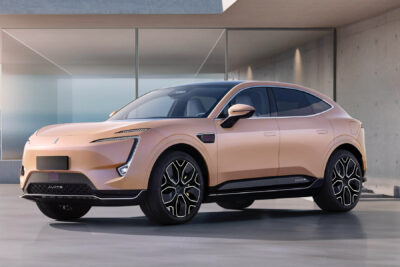
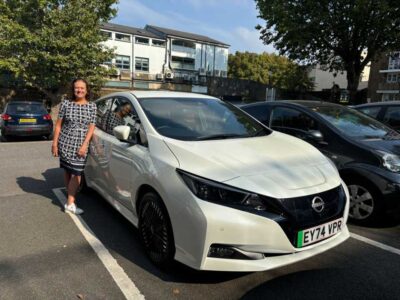
3 Comments